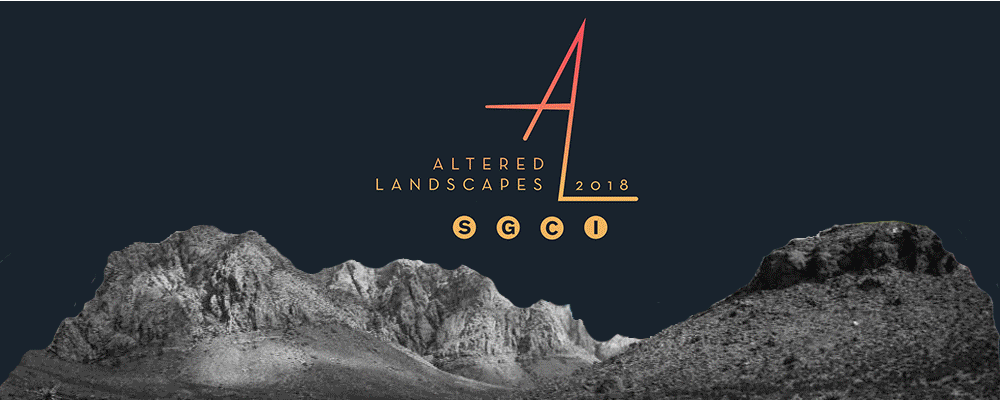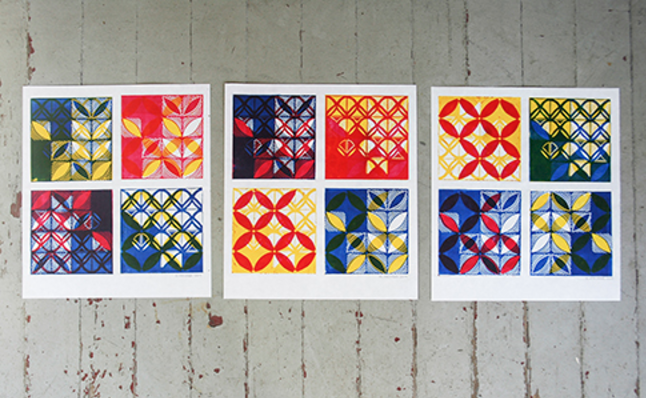A SHORT HISTORY OF
MALE-PATTERNED BALDNESS
Organizers: Christina Bartonicek and Mariah Pfeiffer
Participants:
Christina Bartonicek, Mariah Pfeiffer, Jon Irving, Liz Melnyczuk, Josh Dannin, Mike Sonnichsen, Sandra Fernandez, Marwin Begaye, Tess Rubinstein, Stephanie Gaumond, J. Leigh Garcia, Rebecca Lomuto, Chris Copley, Molly Kempson, Sylvia Taylor, Christopher Benson, Daniela Ram, Misty Morrison, Kristin Theiss
ABSTRACT
Patterns give order to both the natural and human worlds.
Animals have migrated by consistent patterns for millions of years; the moon
rotates around the Earth, guiding tidal patterns and reproductive cycles; and
human travelers navigated the world first by patterns of constellations, then
by networks of paths and roads. We study these patterns in order to make sense
of the world. This intuition is reflected in our art: crops and wildflowers are
ubiquitous motifs in Eastern European ceramics and textiles, waves and
mountains are constants in traditional Japanese paintings and prints. Over
time, these images became synonymous with the region’s culture; thus, patterns
both mirror and define entire cultures.
Along with illustrating each culture’s unique identity, patterns
serve as a guidebook to the history of human migration and cultural exchange.
Artists have served at the front lines of this exchange, mediating the
convergence of distinct traditions and fostering the birth of new ones.
Examples of this can be found around the world. The detailed tiling and
architecture of the southern Iberian Peninsula highlights the conflicting
traditions of African Moors and European Christians who fought over the region
for centuries. Colonial-era and modern art throughout Latin America reflects a
similar mix of indigenous and Spanish imagery. British royalty placed images of
African lions on their coat of arms. This confluence of cultures, which spans
the globe and the timeline of human civilization, is the basis for novelty and
innovation. Though they provide the framework for constancy in our lives,
patterns themselves are ever-evolving.
This portfolio asks artists to answer the question: what does
the word “pattern” mean to you? According to the dictionary, a pattern is both
a “repeated decorative design” and something that “gives regular or
intelligible form to.” We ask the artist to be mindful of both of these
definitions as they prepare their work. Create a visual representation of a
pattern that you observe, admire, distrust, or that is otherwise significant in
your life. Though we have approached this idea from a historical perspective,
we encourage artists to plumb the depths of pattern visible in this world:
patterns of migration, patterns of behavior, patterns of destruction and
rebirth.



